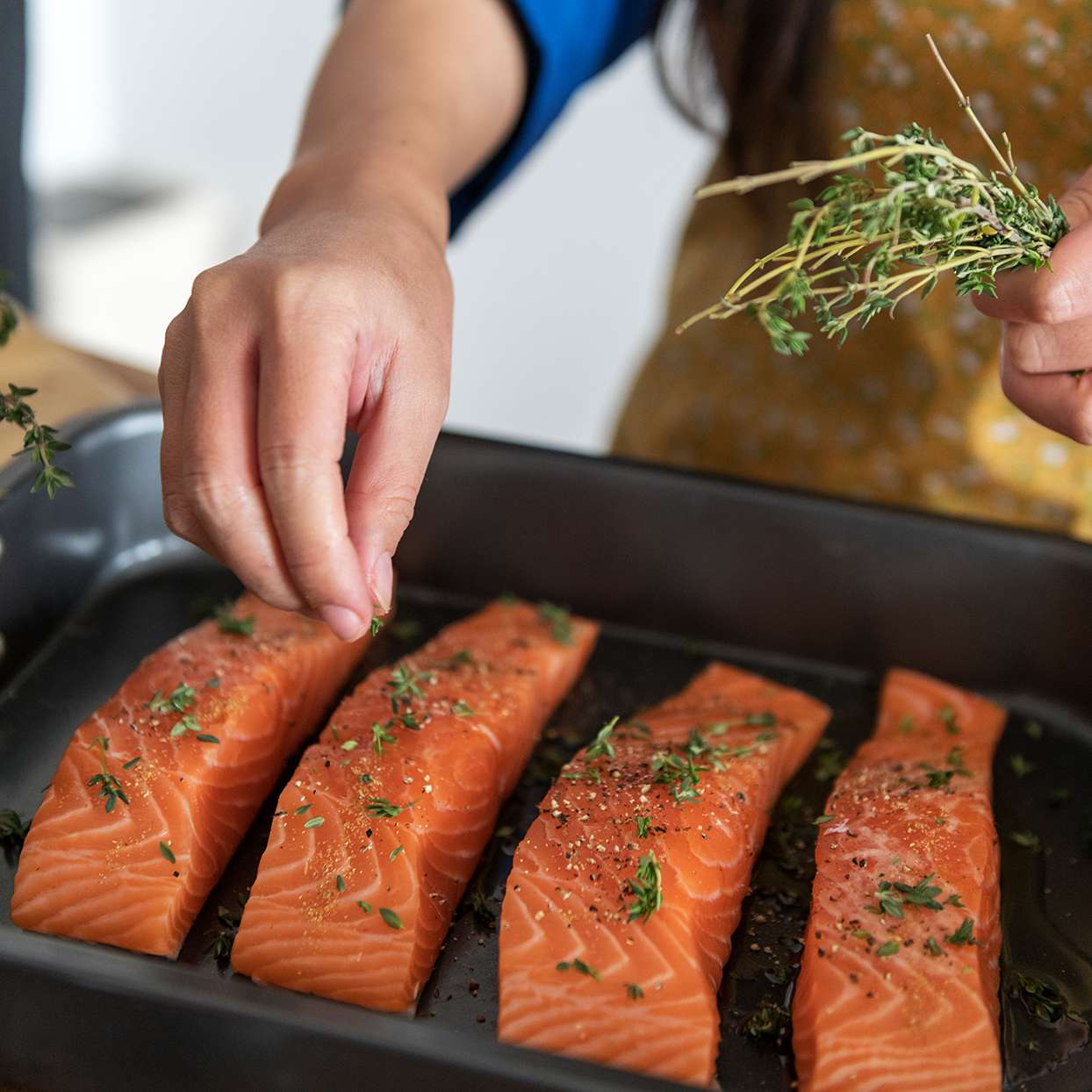
Billions of people all over the world eat fish. Looking at the U.S. alone, eight out of ten adults in the country eat seafood.
What makes fish a favorite for many is its versatility. You could toss it in soups, include it in a pasta dish and fry it to create a mouth-watering dinner meal. What’s more, some types of fish contain high amounts of omega-3 fatty acids, a nutrient that helps cut down the risk of stroke and cardiovascular diseases.
Although fish is versatile and healthy, it’s an unforgiving protein. Overcooking it, for instance, translates to lost flavor — and money down the drain if you purchased an expensive cut.
Before you work with any type of fish in the kitchen, here’s what you need to know about cooking this wonderful but delicate protein:
You Can Cook the Whole Fish
When you’re cooking fish, you don’t have to settle with fillets. If you went on an exciting halibut fishing tour, for instance, you could work with the fish you caught. Also, there are some recipes on the web that call for a whole fish. So, don’t always follow the crowd and completely stick to fillets.
Shop for Sustainable and Fresh Fish
The dish you’ll be making in your kitchen will only be as good as your ingredients. When shopping for this protein, visit a reputable fish market. If your local area doesn’t have this type of market, look for a grocery store with fishmongers. This way, you can be certain the selection you’ll be getting is fresh.
Let Your Nose Guide You
When choosing fish on the market, smell the product before buying. Fresh fish shouldn’t give off a “fishy” aroma. If it does, the fish may no longer be fresh. Look for fish that smells like the ocean (or has a neutral scent).
You Can Keep the Skin on the Fish
Many choose to take the skin off the fish before it hits the pan. If you’re working with sole, flounder, and other delicate fillets, you’ll want to leave the skin intact. The skin helps hold the whole fish together.
Think About the Type of Fish When Picking Your Cooking Technique
Although you call the shots on the cooking method you prefer, you should still consider how the fat level, thickness, and natural flavor of the fish will affect the final product. A meaty and thick fish, such as tuna, may not cook well when you fry it on the pan.
If you’re not sure which cooking technique you should try on a particular fish, take note of this guide:
- Deep-frying — Try this on Louisiana catfish, tilapia, halibut, and cod. Note: If you’re health-conscious or not a fan of greasy food, you may skip this cooking method and choose something else.
- Roasting — This cooking method is ideal for large fillets or an entire fish. A few candidates are red snapper, sea bass, and trout.
- Baking — This low-and-slow cooking technique will give you moist and tender fillets. Try this on halibut, Arctic char, and other dense cuts of fish.
- Broiling — Salmon and black cod work well with broiling. You could, however, use this cooking method on any other type of fish except the large, whole ones.
- Grilling — If you’ve chosen to grill fillets, opt for fish that contains a heartier texture like tuna and swordfish. On the other hand, choose trout and sea bass if you’re working with the whole protein.
- Poaching — This cooking technique helps preserve the moisture in the fish. Choose lean fish, such as snapper and cod. You could also go with fatty fish like trout and salmon.
Add Flavor to Your Fish
Get creative when seasoning or flavoring your fish. Coat your protein with crushed almonds, whole-grain breadcrumbs, or cornflakes to enjoy that added crunch. You could also top your fish with salsa, pesto, or any herb of your choice.
You Can Rescue Dry Fish
If the fish you cooked comes out too dry, don’t worry. Brush the protein with a mixture of lemon juice, fresh herbs, and melted butter. The lemon juice helps hold the fish together, while the butter makes the fish moist.
Remember to Check for Doneness
Not sure if the fish you’re cooking is overcooked or still raw? Check for doneness by gently inserting the thick part of the protein with a thin-bladed knife. You’ll know the fish is good to go when the center appears barely translucent.
Take note of this guide when cooking fish. Nailing the basics will allow you to whip up delicious fish dishes that will impress guests and excite your palate.
Meta title: Cooking with Fish: A Handy Guide for Beginners
meta desc: Before you work with fish, make sure you know how to choose, prepare and cook this protein. Read this beginner’s guide to help you execute a great fish dish.











